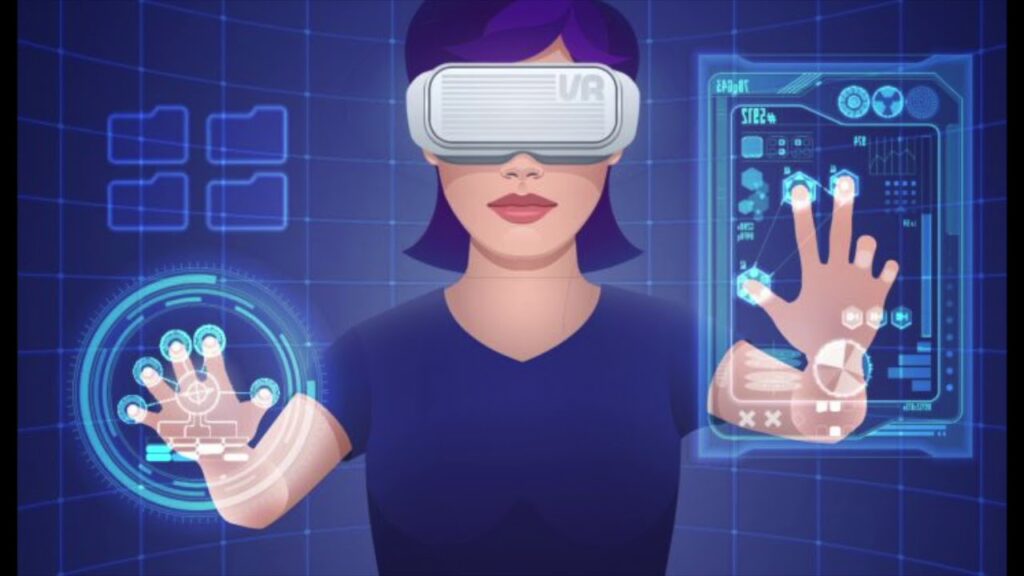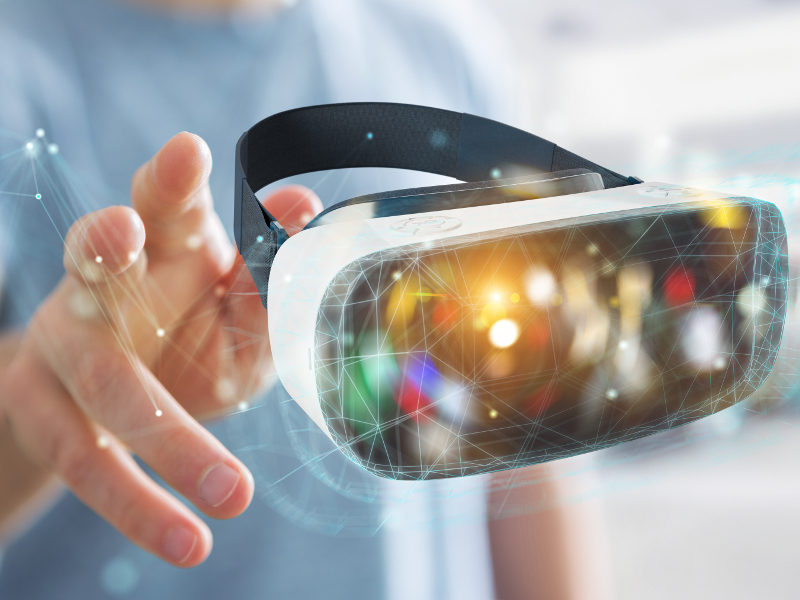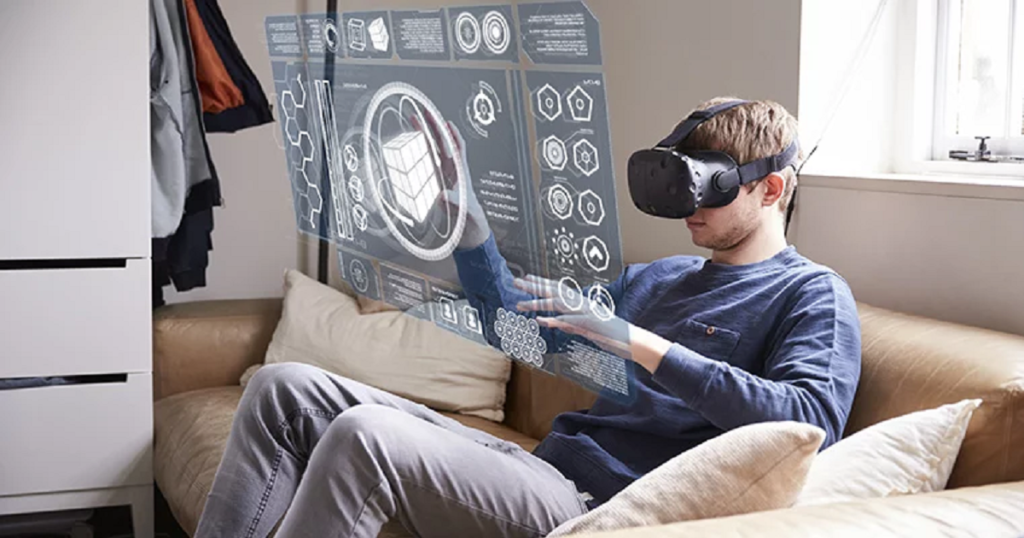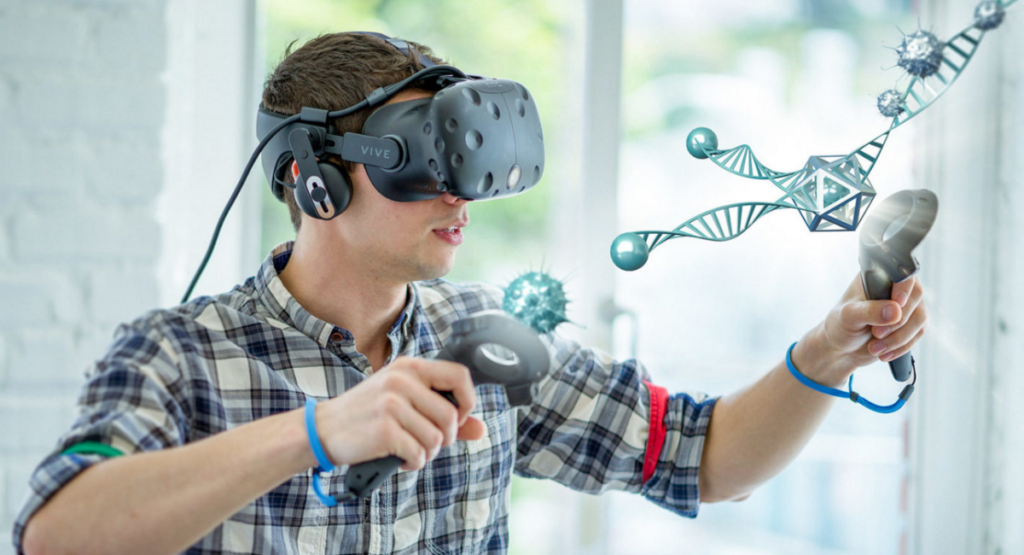History of Virtual Reality
As people advance in the past, they desire to see things and the world in a panoramic way. They started to develop many new equipment and machines, and as they led to innovation, they were more aggressively chasing their dream of the new world. From there, the History of virtual reality started. Here are the key advancements made from time to time in the world of VR.
I. Early Developments
- The concept of virtual reality can be traced back to the 19th century with the work of Charles Wheatstone and David Brewster on stereoscopic imagery.
- In the 1930s, the science fiction author Stanley G. Weinbaum wrote a short story called “Pygmalion’s Spectacles” which depicted a pair of goggles that allowed the wearer to experience a fully-immersive virtual world.
FOR SERVICES

II. The 1960s and 1970s leading steps in the History of Virtual Reality
- In the 1960s, Ivan Sutherland developed the “Ultimate Display,” a head-mounted display that could project virtual images directly into the user’s eyes.
- In the 1970s, the first virtual reality research labs were established at universities such as MIT and the University of Utah, leading to the development of early VR systems such as the “Sensorama” and the “Sword of Damocles.”
III. The 1980s and 1990s advancement in Virtual reality
- In the 1980s, companies such as VPL Research and Atari began developing and selling VR products, such as the Data Glove and the Atari VR headset.
- Despite initial excitement, the VR industry struggled in the 1990s due to high costs and a lack of consumer interest.


IV. The 21st century; A Boom in the future of Virtual reality
- In the early 2000s, advances in technology such as faster processors and improved graphics capabilities led to the development of more advanced VR systems.
- The release of the Oculus Rift in 2012 and the HTC Vive in 2016 marked a resurgence of interest in VR, with more companies investing in the technology.
- Today, VR technology is used in a wide range of industries including gaming, healthcare, education, and tourism.

V. Advancements in VR technology
- In recent years, there have been significant advancements in VR technology such as the development of wireless VR headsets, haptic feedback, and 6DoF (six degrees of freedom) controllers.
- The introduction of VR backpacks that enable users to move freely in a virtual environment without the need for a computer.
- The increasing popularity of VR arcades and location-based VR experiences.
It is worth noting that the history of Virtual Reality is constantly evolving, and new technologies and applications are being developed all the time. In the future, the world will soon observe a huge shift to VR, AR, and Metaverse technology that will change the whole scenario and life assumptions.
